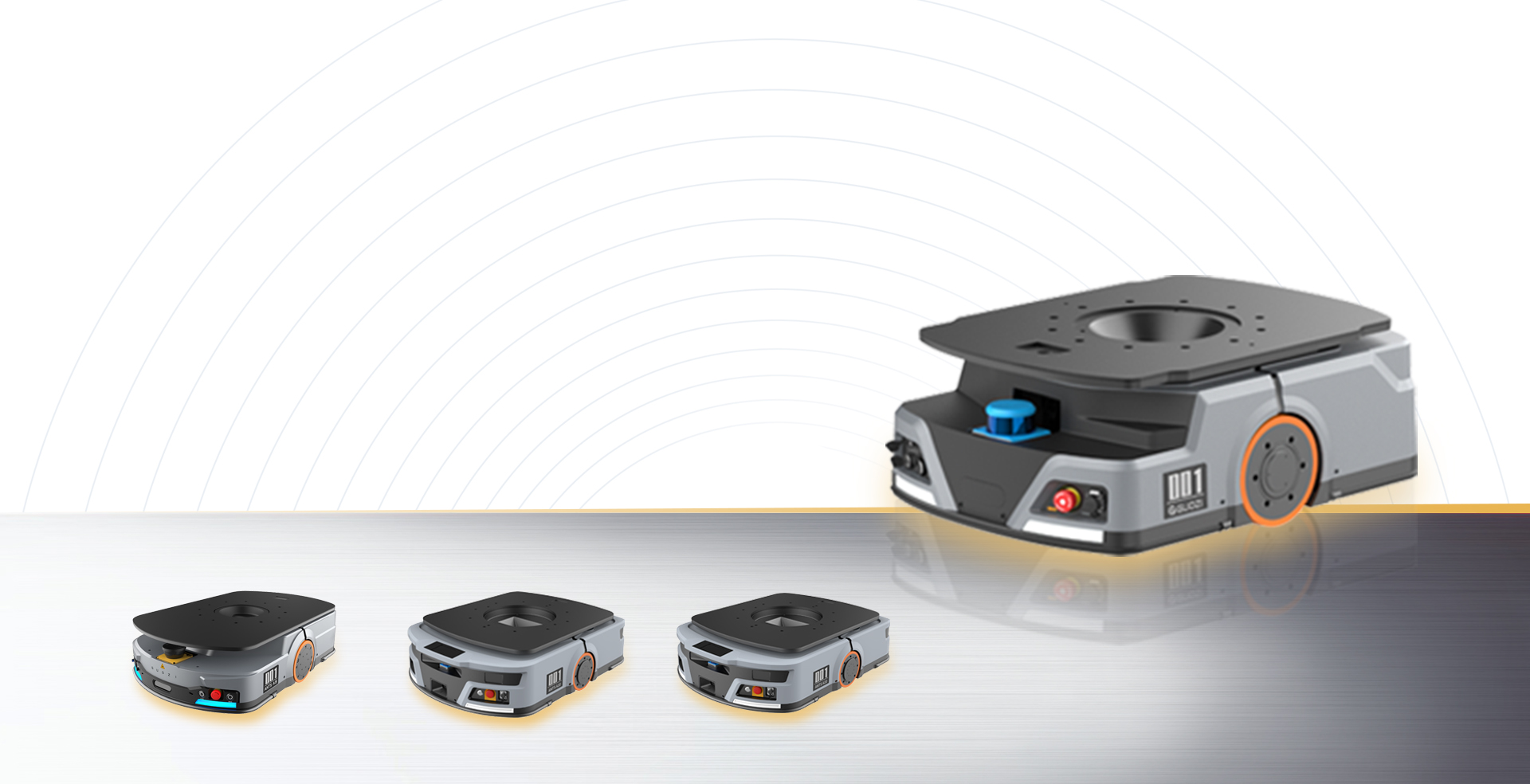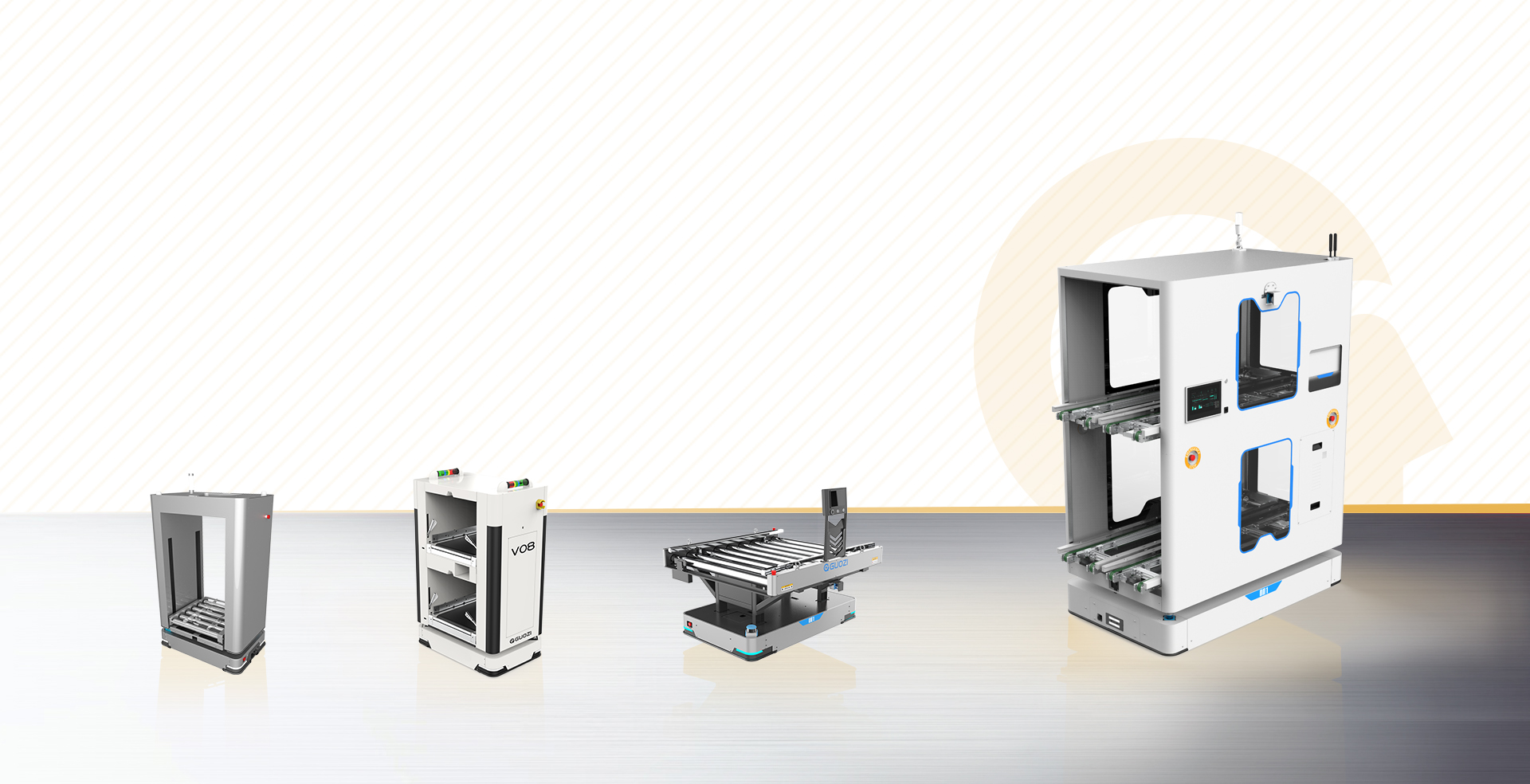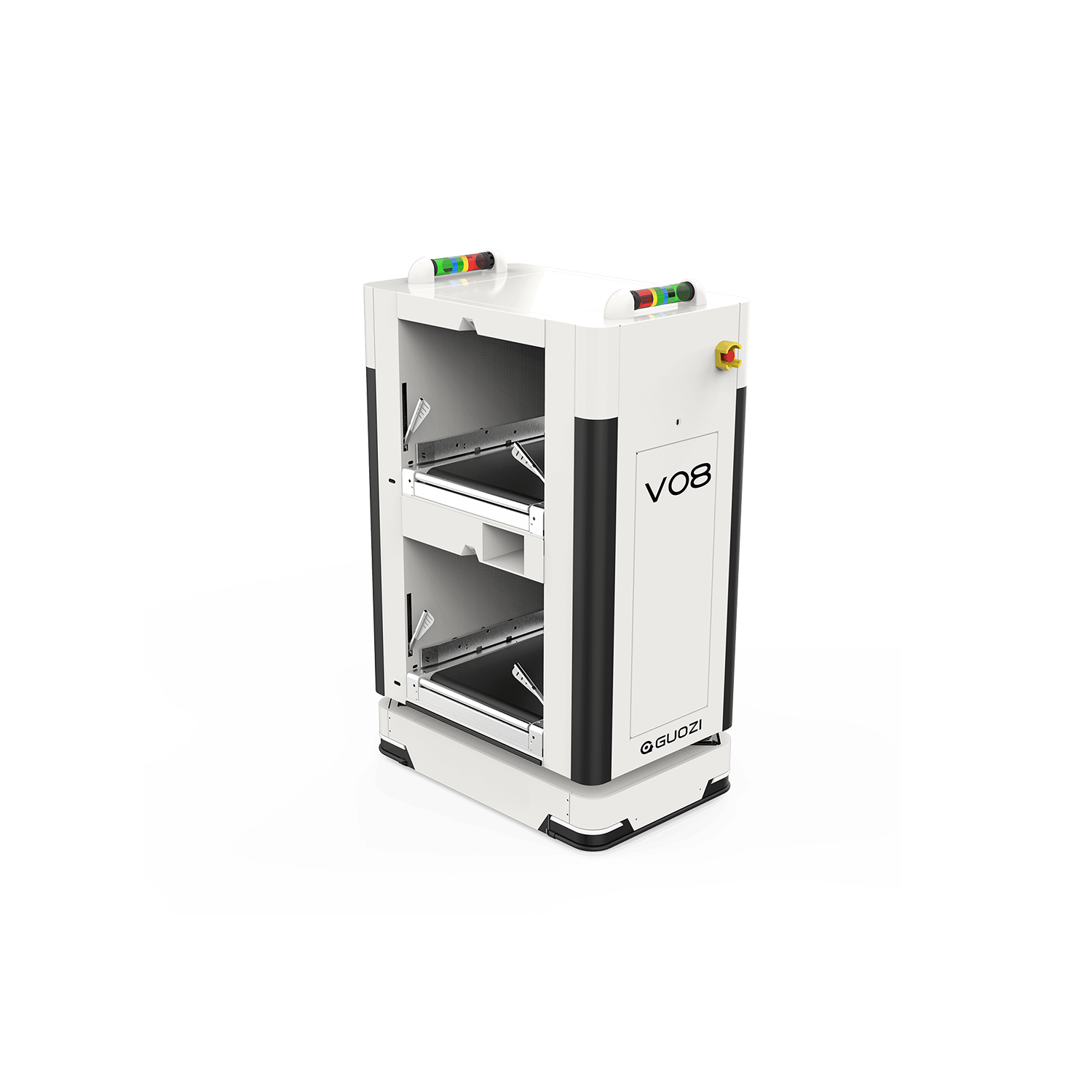Ants, as a kind of tiny creatures in nature, have been widely concerned by scientists and engineers for their powerful survival ability, efficient collaboration spirit and unique way of moving. In recent years, with the rapid development of robotics technology, ant robots have gradually become a research hotspot. In this paper, we will focus on the theme of "Ant robot design", and discuss the inspiration, design concept, key technology, etc., to bring you a taste of the unique charm of ant robots.
Source of Inspiration: Survival Wisdom of Ants
Powerful Load-bearing Capability: Ants are able to load several times their weight. carry weights that are several times, or even tens of times, their body weight. This feature sheds light on the design of ant robots, making them promising for a wide range of applications in fields such as handling and rescue.
Efficient Collaboration Spirit: Ant colonies have a tight organizational structure and efficient collaboration mechanism. When designing ant robots, this can be drawn upon to realize multi-robot collaborative work.
Unique way of moving: the ants' crawling, tumbling and other ways of moving provide rich inspiration for robot design, enabling them to walk freely in complex environments.
Third, design concept: bionic and innovation
Bionic design: the design of the ant robot should be based on bionics, and fully draw on the biological characteristics of the ants to achieve the optimization of the robot structure and function.
Innovative thinking: on the basis of bionic design, incorporate modern technological elements, innovate the robot structure, materials and control system to improve its performance.
Key technologies: the core of ant robot design
Structural design: the structural design of ant robots should fully consider their load-bearing, mobility, and collaborative needs. The following are a few key points:
(1) Modularized design: the robot is divided into multiple modules for easy assembly, maintenance and upgrading.
(2) Lightweight design: lightweight materials are used to reduce the robot's deadweight and improve its movement speed and endurance.
(3) Bionic joints: mimic the joint structure of ants to realize the flexible movement of the robot.
Material selection: choose materials with high strength, lightweight, wear-resistant and other characteristics, such as carbon fiber, special plastics.
Control system: the control system of the ant robot mainly consists of the following aspects:
(1) Perception system: the use of sensors, to achieve the perception of the environment, to provide navigation and obstacle avoidance information for the robot.
(2) Decision-making system: based on the sensing information, formulate the robot action strategy.
(3) Execution system: control the motion of the robot to realize the instructions of the decision-making system.
Application Prospect: The Wide World of Ant Robot
Transportation Field: Utilizing the strong load-bearing ability of ant robots, to realize the transportation of heavy loads and to reduce the burden of manpower.
Rescue field: in the earthquake, fire and other disaster sites, ant robots can replace the rescuers to enter the danger zone, search and rescue work.
Exploration field: ant robots can be applied to geological exploration, archaeological excavation, etc., to improve work efficiency.
Family service: in the future, ant robots are expected to enter the family, undertake cleaning, carrying and other household chores, and become a good helper for the family.
Ant robots are designed to integrate multidisciplinary knowledge of bionics, materials science, control science and other disciplines, and have a wide range of application prospects. With the continuous progress of technology, ant robots will play an increasingly important role in various fields and bring more convenience to human society. China's researchers should seize the opportunity to increase research efforts to promote ant robot design innovation and contribute to the development of China's robotics industry.








